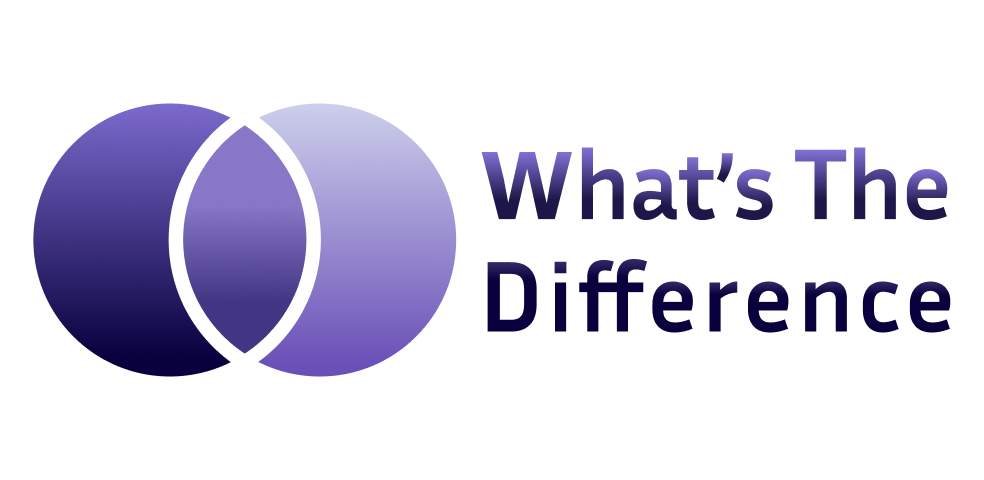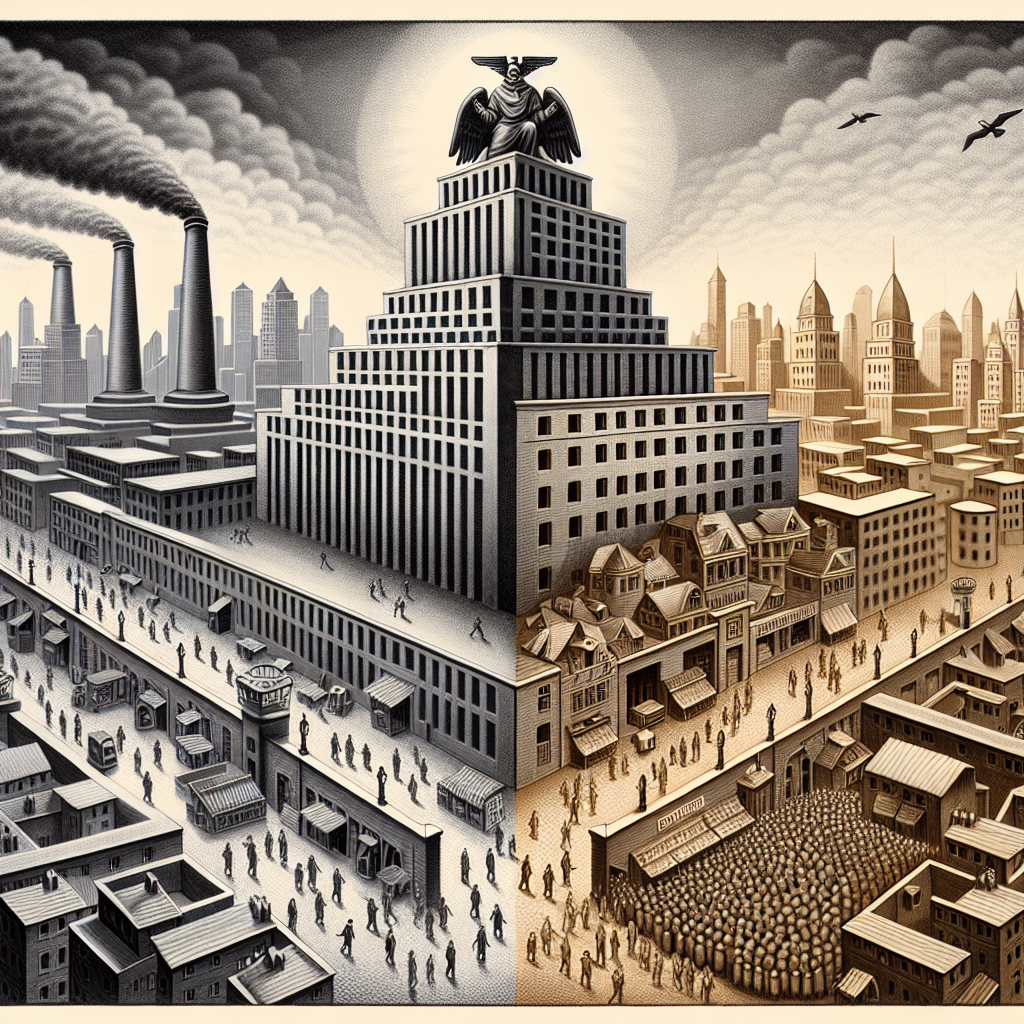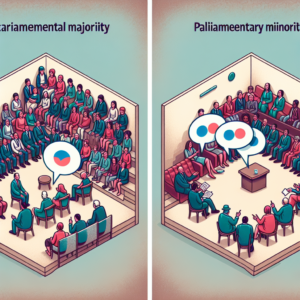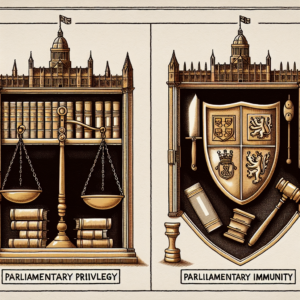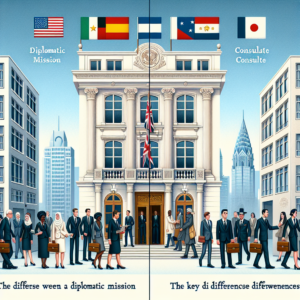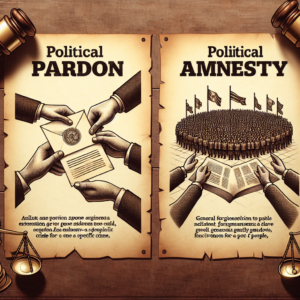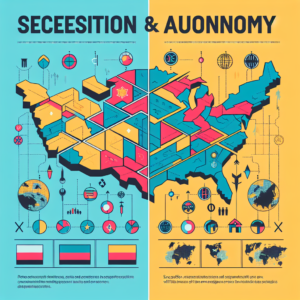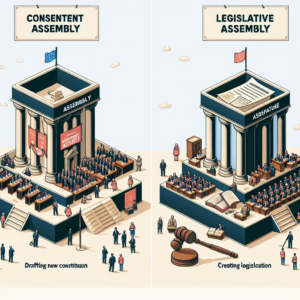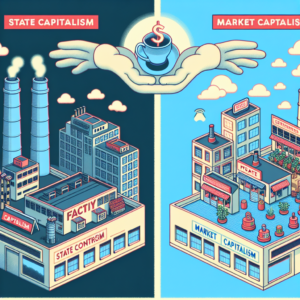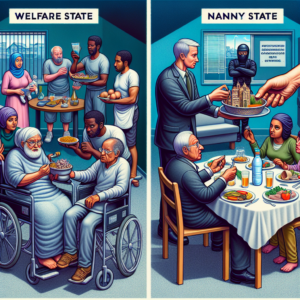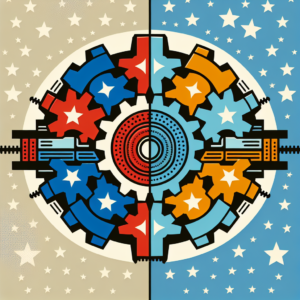Understanding the nuances of different political systems can often be a complex task, yet it is crucial in order to fully grasp the workings of various global governments. Two terms that are often discussed in the realm of political science, yet frequently misunderstood or conflated are: totalitarianism and authoritarianism. Both refer to types of government systems characterized by a concentration of power in a single authority. However, despite certain similarities, they represent different aspects of governance with distinct features.
Understanding the Concepts: Totalitarianism and Authoritarianism
Totalitarianism and authoritarianism are both forms of governance where power is concentrated in the hands of a single leader or a small group of individuals. Totalitarianism, however, is a more extreme form of authoritarianism. It is a political system where the state holds total authority over the society and seeks to control all aspects of public and private life wherever possible. The totalitarian leader has power over the economy, the legal system, education, and even the personal lives of citizens. This control is often maintained through propaganda, censorship, and mass surveillance. Some historical examples of totalitarian regimes include Adolf Hitler’s Nazi Germany and Joseph Stalin’s Soviet Union.
Authoritarianism, on the other hand, is a political system characterized by strong central power and limited political freedoms. Unlike totalitarian regimes, authoritarian governments do not seek to control every aspect of life. The focus is mainly on maintaining power, often through force or oppression, rather than on ideology or transforming society. The government might control key aspects of society like the media or the judiciary, but generally, they leave their citizens alone as long as their authority isn’t directly challenged. Examples of authoritarian regimes include Francisco Franco’s Spain and Vladimir Putin’s Russia.
Drawing Distinctions: Totalitarianism vs Authoritarianism
When asking the question "What is the difference between totalitarianism and authoritarianism?" one has to look at the extent to which the government seeks to control its citizens. Both systems involve concentration of power and suppression of opposition, but the degree and type of control differ. In a totalitarian regime, the government’s reach is pervasive – it extends to all aspects of society and life, including thought and belief. The state uses propaganda and mass surveillance to maintain control and demands the complete subordination of the individual to the state.
On the contrary, an authoritarian government exerts control primarily to maintain power rather than to transform society. The question that distinguishes the two systems is "What is the difference in the level of control?" In authoritarian regimes, personal life is less regulated, and there is typically less emphasis on propaganda. Citizens may enjoy some personal freedoms as long as these don’t threaten the power of the ruling elite. The control is mostly political, involving restrictions on political freedoms and civil liberties, with minimal interference in everyday life as long as obedience is maintained.
In conclusion, while both totalitarian and authoritarian regimes involve concentration of power and suppression of opposition, the level and type of control exerted by the government is what distinguishes the two. Totalitarianism seeks complete control and subordination of individual life to the state, while authoritarianism focuses on maintaining power, with less emphasis on controlling every aspect of life. Understanding these distinctions is crucial for a comprehensive understanding of different forms of governance worldwide. As political landscapes evolve, these concepts continue to provide important frameworks for analyzing and interpreting global political systems.
